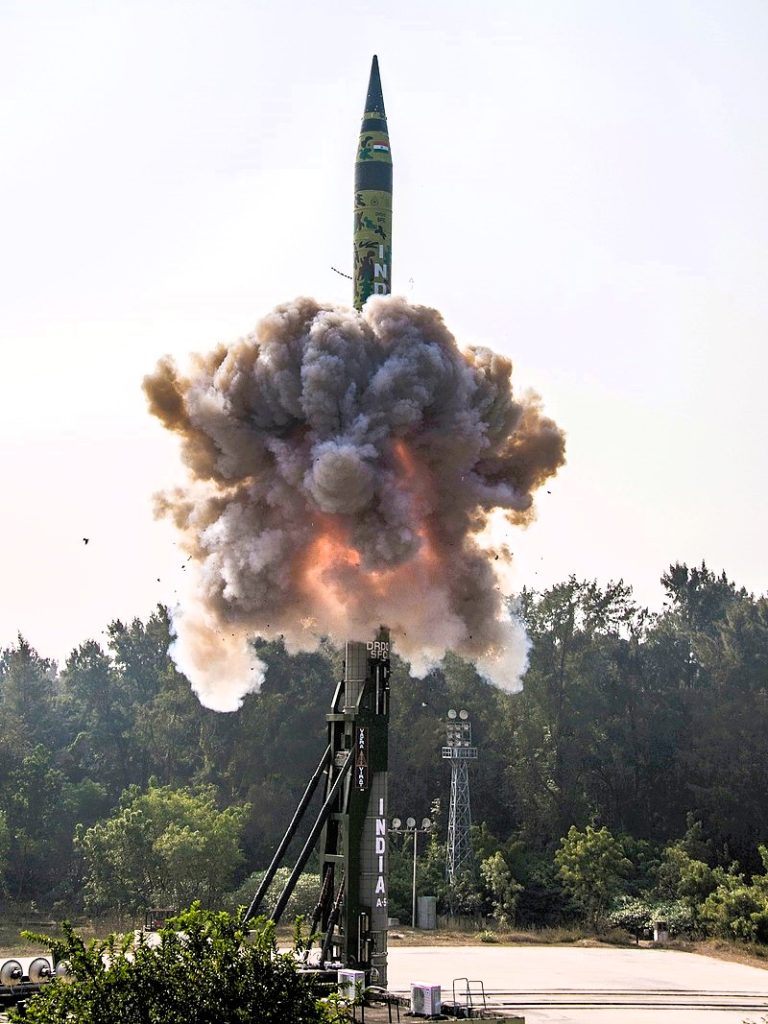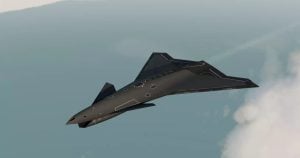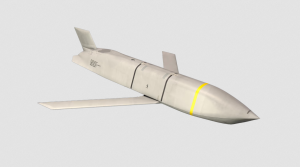Prime Minister Narendra Modi recently unveiled “Mission Divyastra,” marking a pivotal advancement in India’s defense capabilities. This mission introduces the Agni-5 MIRV missile, an indigenously developed weapons system that significantly enhances India’s geopolitical stance and strategic posture, particularly in Southeast Asia. Developed over more than a decade by the Defence Research Development Organisation (DRDO), the Agni-5 missile’s successful first flight is a testament to India’s growing prowess in defense technology.
The Agni-5 MIRV Missile: A Technological Marvel
At the heart of Mission Divyastra lies the Agni-5 missile, equipped with Multiple Independently Targetable Re-entry Vehicle (MIRV) technology. This cutting-edge innovation allows a single missile to deploy multiple warheads, each capable of striking different targets simultaneously. Such capability places India among an elite group of nations—including the US, UK, Russia, France, and China—that possess MIRV technology.
National Leadership’s Acclamation
Prime Minister Modi expressed his pride in DRDO’s achievement, emphasizing the strategic importance of the Agni-5 MIRV missile. Similarly, President Droupadi Murmu highlighted the test as a critical milestone in India’s quest for greater geo-strategic roles and self-reliance. Their commendations underscore the missile’s role in bolstering national security and advancing India’s defense technology sector.
The Significance of MIRV Technology
The MIRV technology marks a “huge force multiplier,” especially significant given India’s no-first-use policy. As explained by Dr. V K Saraswat, former DRDO Director General, the ability to execute a potent second strike is crucial. MIRV-equipped missiles, capable of targeting multiple locations with high precision, provide a strategic advantage, ensuring a robust deterrent capability.
Challenges and Innovations
Developing a missile like Agni-5, capable of carrying and accurately delivering multiple warheads across vast distances, represents a monumental technological challenge. The successful incorporation of indigenous avionics systems and high-accuracy sensors demonstrates DRDO’s expertise and innovation, ensuring that each warhead reaches its intended target with pinpoint accuracy.
Operational Capabilities and Strategic Implications
The testing of the Agni-5 MIRV missile, suspected to have a range of 3,550 km, underscores India’s strategic reach across the east and west, with the capability to target adversaries within a radius of over 5,000 km. This milestone enhances India’s second-strike capabilities, offering a significant strategic deterrent in the regional power balance.
The Future of India’s Missile Technology
Mission Divyastra not only showcases the Agni-5 missile’s advanced capabilities but also hints at future innovations, such as seeker technology for targeting moving objects. This development indicates India’s continuous pursuit of advanced defense technologies, ensuring its security and strategic autonomy.
Conclusion
Mission Divyastra, through the development and testing of the Agni-5 MIRV missile, marks a significant leap in India’s defense capabilities. As India joins a select group of nations with advanced MIRV technology, the successful execution of this mission reflects the nation’s commitment to achieving self-reliance in defense technology and enhancing its strategic deterrence capabilities. The leadership, scientists, and engineers behind this monumental achievement have not only advanced India’s defense technology but also reaffirmed its status as a rising global power committed to maintaining peace and security in the region.





















